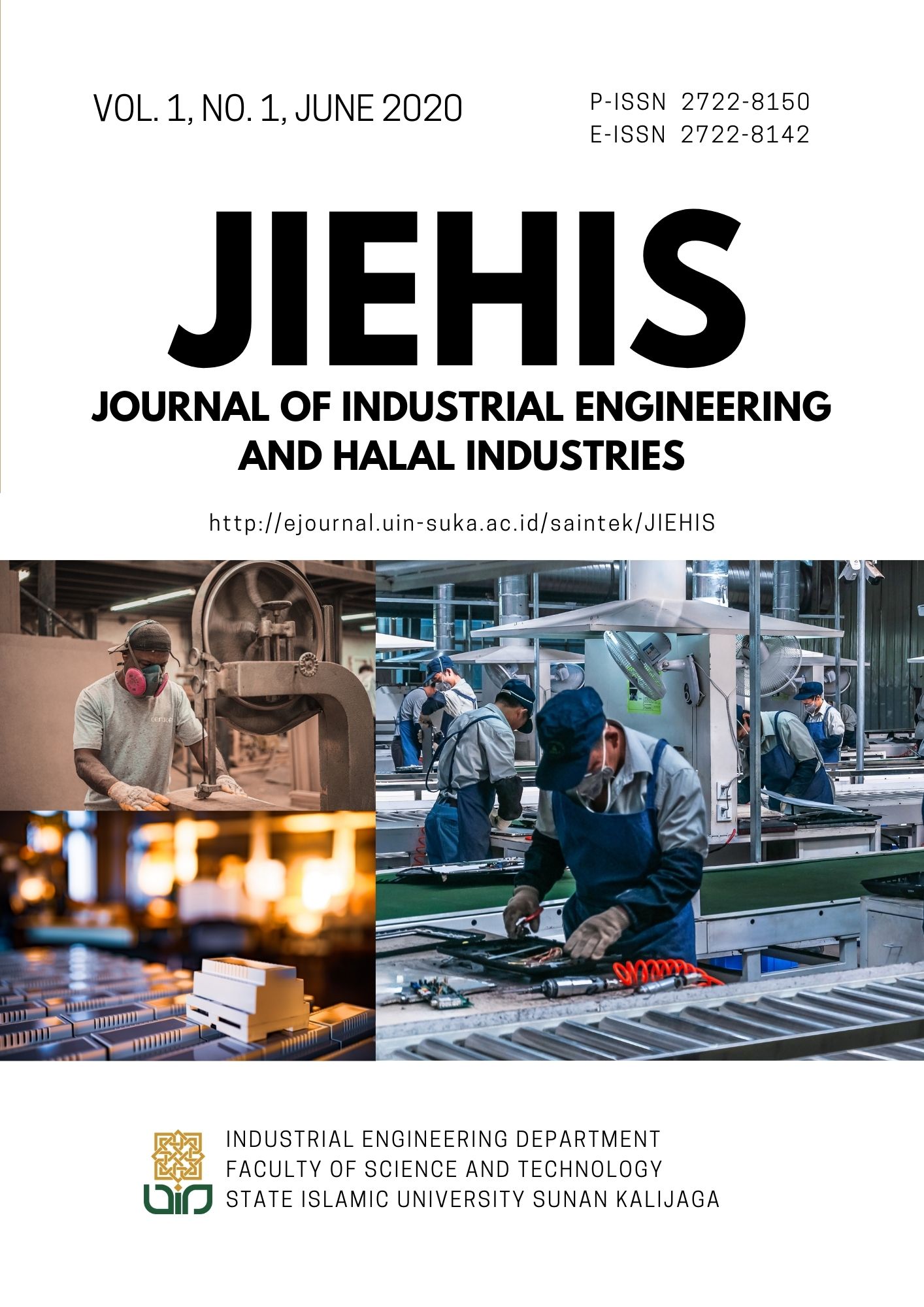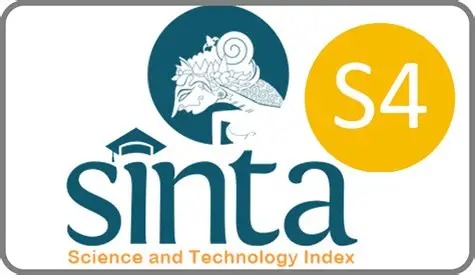Analysis of Boeing Aircraft’s Fuel Consumption B737-800 NG for Yogyakarta-Singapore-Jakarta Route
DOI:
https://doi.org/10.14421/jiehis.1865Abstract
Abstract
In one trip, the flight route can be seen in terms of weight, cargo, and the price of fuel needed as a very important aspect. Fuel prices that are high enough can have an impact on operational costs that were incurred by an airline. The purpose of this study was to avoid re-fueling at the re-fueling stations that cost more than the original station. This study used the fuel tankering method, and also focused on the Garuda Indonesia flight B737-800 NG airline with Jogyakarta-Singapore-Jakarta route and alternative airports at Pekanbaru and Surabaya. From the results of the data that was obtained and the analysis the result of this study was by refueling using the fuel tankering method was more profitable than normal way of re-fueling. However, there were aspects that need to be considered in the route using this method including temperature, altitude, flight distance and fuel prices that were differrent at each airport.
Keywords: Route, Fuel Price, fuel tankering method.
References
References
Abdelghany K, Abdelghany A, Raina S 2005 A model for airline fuel management strategies. J Air Transp Manag 11: 199–206.
Babikian R, Lukachko SP, Waitz IA 2002 The historical fuel efficiency characteristics of regional aircraft from technological, operational, and cost perspectives. J Air Transp Manag 8:389–400.
Basic Operations Manual (BOM), 2011, Flight Operations.
Civil Aviation Safety Regulation (CASR) part 121 2009 Certification and Operating Requirement: Domestic, Flag, and Supplemental Air Carrier.
Civil Aviation Safety Regulation (CASR) part 91 amendment 4 2015 General Operating and Flight Rules.
Collins BP 1982 Estimation of aircraft fuel consumption. J Aircraft 19(11):969–975. DOI:10.2514/3.44799.
Correia AR, Alves CJ 2005 Optimal configuration of airport passenger terminals. 9th Annual World Conference Air Transport Research Society, Issue 31, 1–5.
Covey RR, Mascetti GJ, Rooesler WU, Bowles RL 1979 Operational energy conservation strategies in commercial aviation. Decision and Control Including the Symposium on Processes, 18th IEEE Conference, vol. 18, 408–414.
Darnell DW, Loflin C 1977 National airline fuel management and allocation model. Interfaces 7(2):1–16.
David A. Senzig and Gregg G. Fleming 2009 Modeling of Terminal-Area Airplane Fuel Consumption.
Drake JW 1974 Social, political and economic constraints on airline fuel optimization. Transp Res 8:443–449.
Embraer. Embraer 170/190 fuel conservation, Sa˜o Jose´ dos Campos, 2005.
Greene DL 1990 Commercial aircraft fuel efficiency potential through 2010. Proceedings of the 25th Intersociety Energy Conservation Engineering Conference- IECEC 90, vol. 4:106–111.
Jose` A.T.G.F et al 2011 A Fuel Tankering Model Applied to a Domestic Airline Network.
Harshad Khadilkar and Hamsa Balakrishnan 2011, Estimation of Aircraft Taxi-out Fuel Burn using Flight Data Recorder Archives.
Kazda A, Caves RE 2000 Airport design and operation. Elsevier Sciences Ltd, Oxford.
Lee JJ, Lukachko SP, Waitz IA, Schafer A 2001 Historical and future trends in aircraft performance cost and emission. Annu Rev Energy Environ 26:167–200
Lee JJ 2010 Can we accelerate the improvement of energy efficiency in aircraft systems? Energy Conserv Manag 51:189–196.
Majka A, Brusow V, Klepack Z 2007 Fuel Consumption and transportation energy effective analysis. European Personal Air Transportation System Study, EP- D4.3, SFC-V0, pp. 1–23.
Mazraati M, Alyousif OM 2009 Aviation fuel demand modeling in OECD and developing countries: impacts of fuel efficiency. OPEC Energy Rev 33(1):23–46.
Mazraati M 2010 World aviation fuel demand outlook. OPEC Energy Rev 34:42–71.
Nash B 1981 A simplified alternative to current airline fuel allocation models. Interfaces 11(1):1–9.
Nur feriyanto et al 2016 The Route Analysis Based on Flight Plan.
Pilati DA 1974 Energy use and conservation alternatives for airplanes. Transp Res 8:433–441.
Senzig DA, Fleming GG, Iovinelli RJ 2009 Modeling of terminal- area airplane fuel consumption. J Aircraft 46(4):1089–1093.
Singh V, Sharma SK, Vaibhav S 2012 Identification of dimensions of the optimization of fuel consumption in air transport industry: a literature review. J Energy Technology Policy 2(7):24–33.
Stroup JS, Wollmer RD 1992 A fuel management model for airline industry. Informs 40(2):229–237.
Trani, A., Wing-Ho, F, Schilling, G, Baik, H, and Seshadri, A, A Neural network model to estimate aircraft fuel consumption, in 4th AIAA Aviation Technology, Integration and Operations (ATIO) Forum, AIAA, Chicago, USA, 2004.
Tyas E.R.P et al 2017 Optimalisasi Fuel Tankering Untuk Seluruh Rute Penerbangan PT. Sriwijaya Air dari Bandar Udara Soekarno Hatta.
Van Cleave DA 2009 Green air space: reducing fuel burn. The MITRE Digest.
Vedant Singh et al 2014 Evolving Base for the Fuel Consumption Optimization in Indian Air Transport: Application of Structural Equation Modeling.
Zouein PP, Abillama WR, Tohme E 2002 A multiple period capacitated inventory model for airline fuel management: a case study. J Oper Res Soc 53(4):379–386.
Downloads
Published
How to Cite
Issue
Section
License
Copyright (c) 2020 Journal of Industrial Engineering and Halal Industries (JIEHIS)

This work is licensed under a Creative Commons Attribution-ShareAlike 4.0 International License.
(c) The Author(s). This article is distributed under a Creative Commons Attribution-ShareAlike 4.0 International License.






